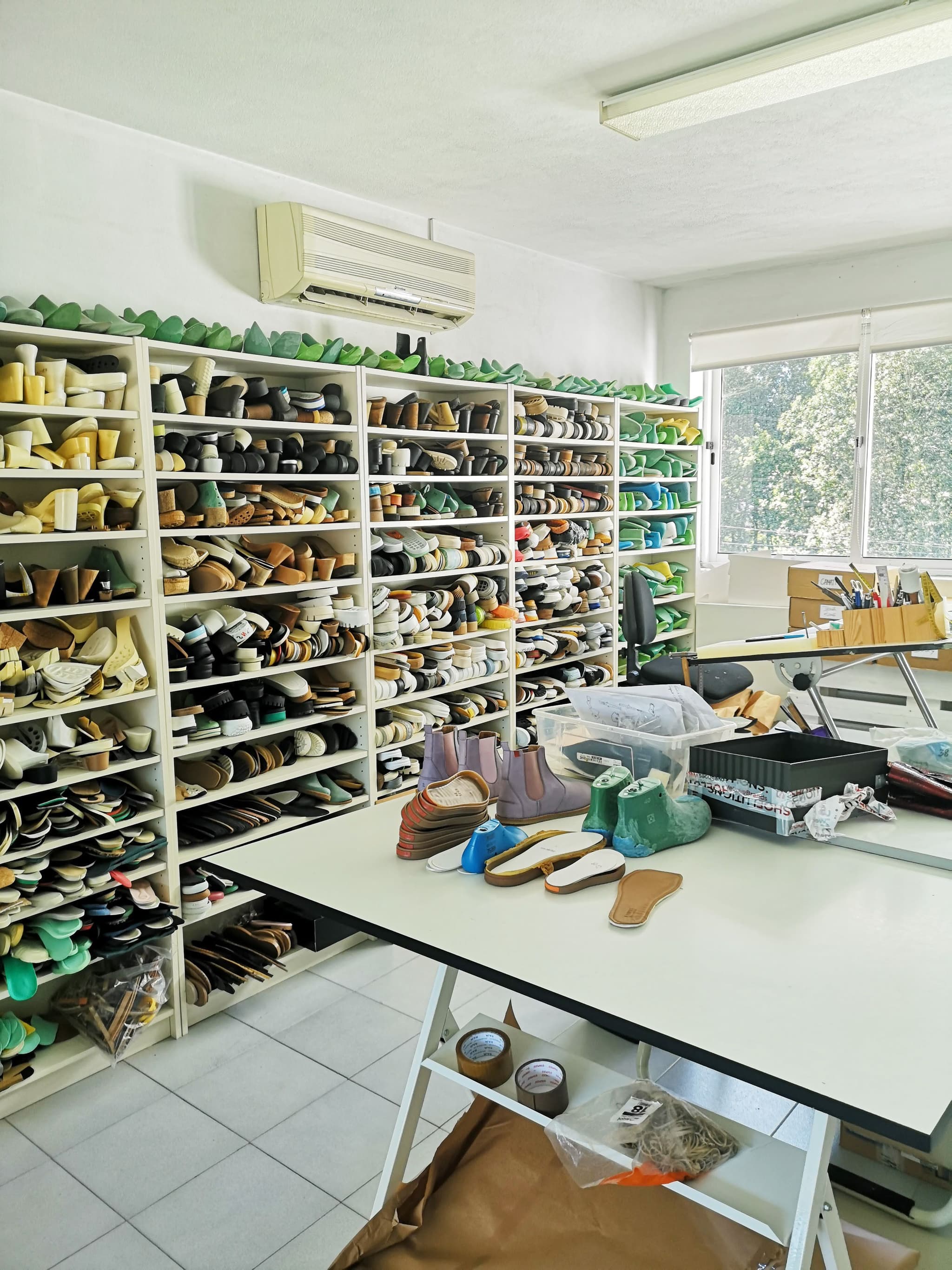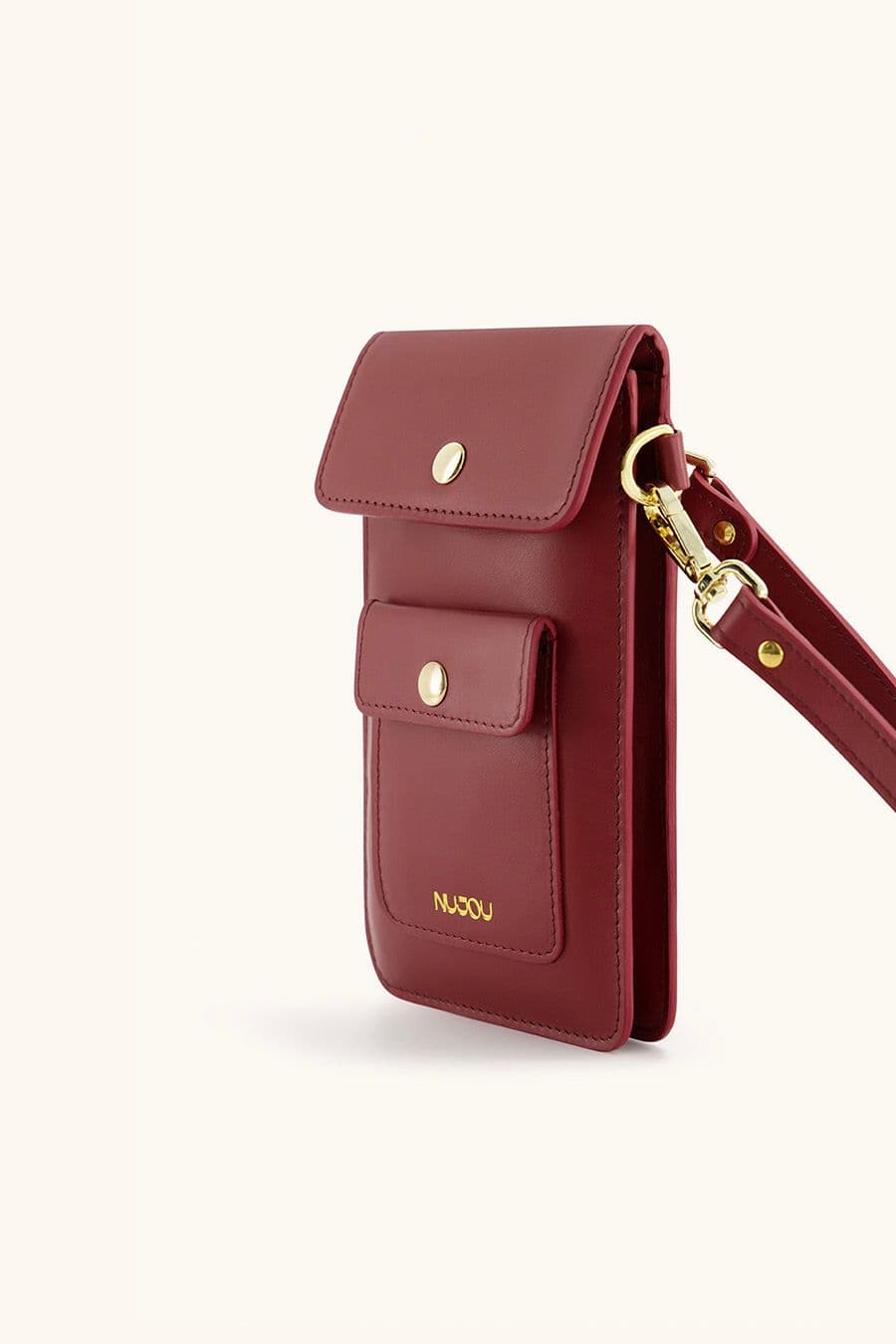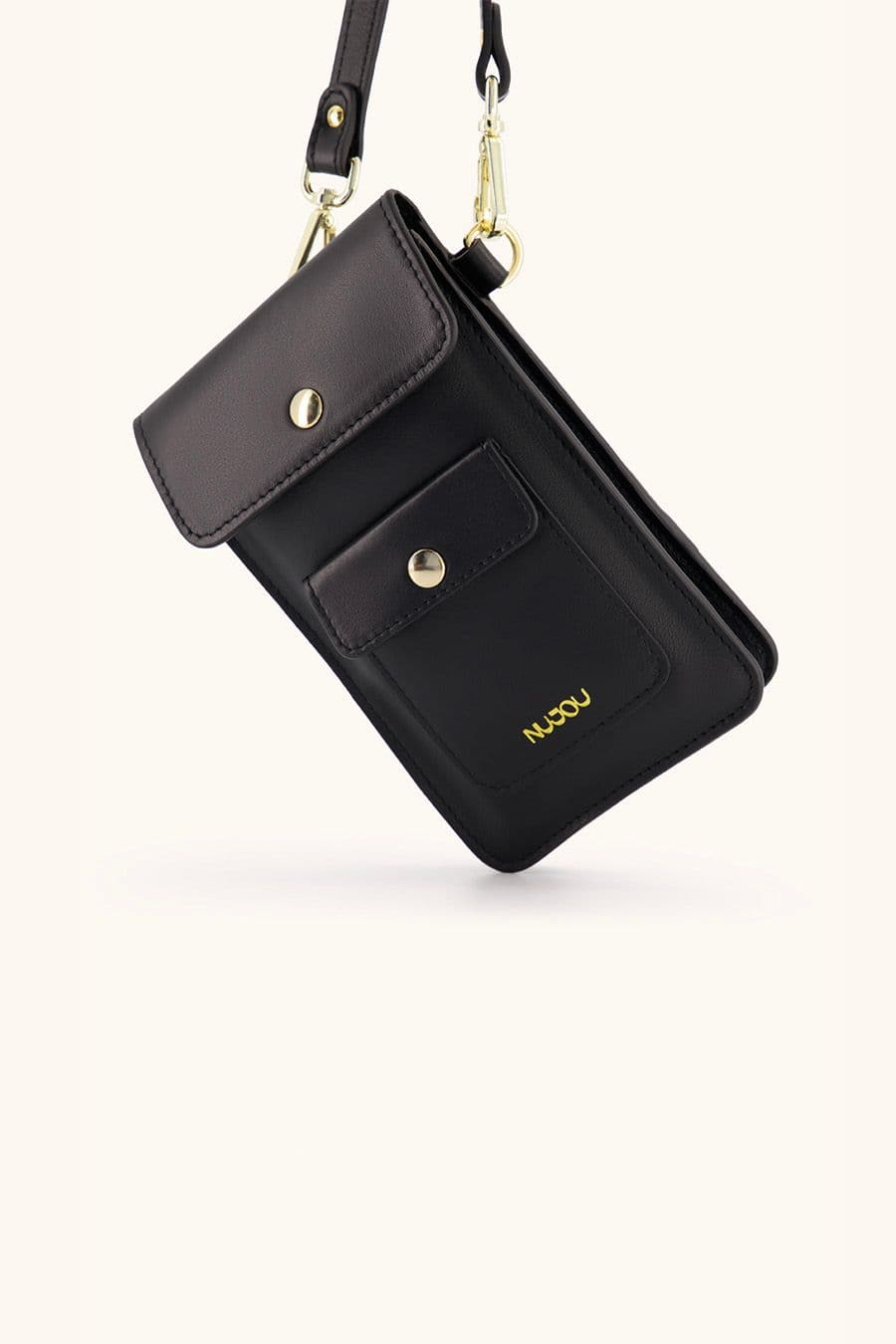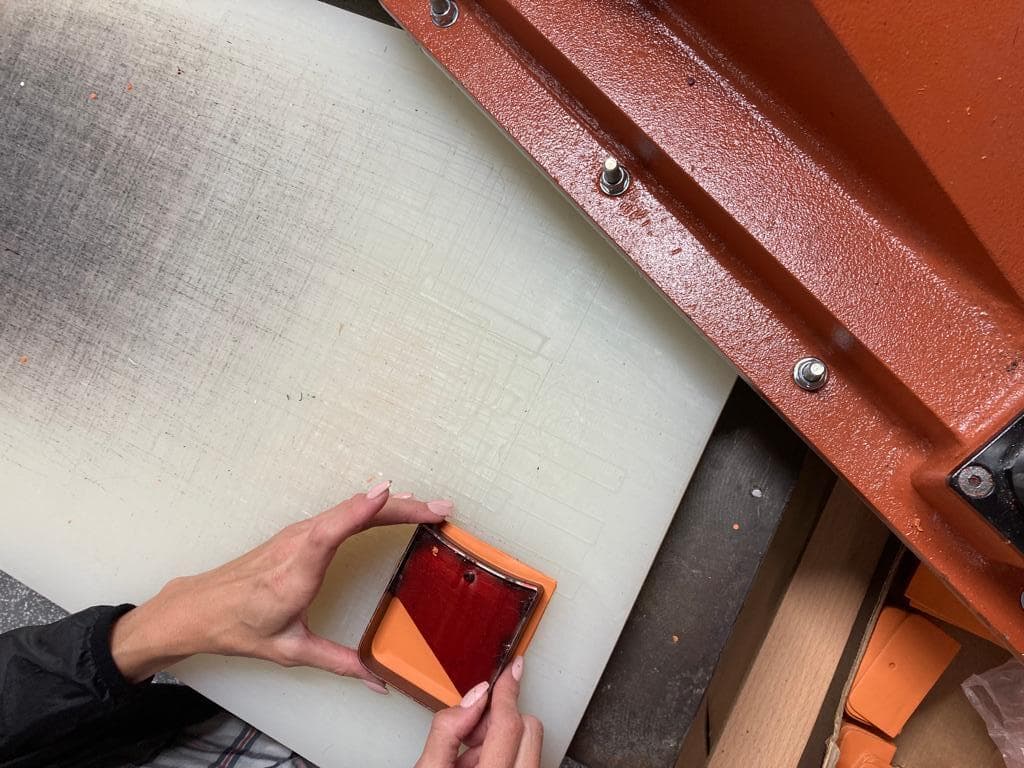What initially influenced the ethics behind NUJOU?
I believe that being a sustainable brand today has simply become the norm, and we cannot do things differently nowadays. Sustainable fashion is a very complex issue, and we first need to rethink our way of consuming and using a product: taking care of our shoes and clothes is already part of a sustainability approach.
I have often been disappointed by the quality of shoes I ordered online, where the product did not match the photos once the package arrived at my home.
I wanted to offer shoes in beautiful material qualities that are made to feel good throughout the day and have that added chic detail.
I walk a lot every day, and I wanted to provide an alternative to sneakers that is more elegant and less sporty

How does NUJOU distinguish itself compared to traditional fashion brands?
NUJOU refers to the combination of 'night' and 'day' because the collections are designed to be worn at every moment of the day, from morning until night.
It is the way I wanted to approach a piece that is both functional and timeless.
We primarily work with natural materials: 'without plastic is more chic!' (sans plastic c’est plus chic in French) Choosing natural materials is, of course, an ethical decision, but it's also a choice for well-being. For example, in the case of our shoes designed to be worn barefoot, it was evident for us to choose natural materials such as leather and linen
How does NUJOU ensure a sustainable manufacturing process while upholding quality?
Yes, absolutely. It's important to note that leather is a material derived from waste in the agri-food industry, already aligning with a reuse approach. We have chosen to manufacture in Europe, specifically in Portugal, which boasts extraordinary expertise in shoemaking.
This decision is, of course, environmental to limit the environmental impacts of transportation, but also to benefit from better-regulated European regulations regarding the environment, safety, and health for workers, as well as respect for animals. It also ensures our customers know the origin and composition of each of our materials.
We are convinced that maintaining proximity with our partners allows us to better monitor our manufacturing process, work on smaller quantities, and collaborate with trusted partners. Quality, 'Made in Europe,' and the use of natural materials are integral parts of our approach.

Utilising European tanneries certified by the Leather Working Group (LWG) and upcycled leathers demonstrates a commitment to responsible sourcing. Can you elaborate more on the benefits of these partnerships?
When we think of ethical shoes, we often consider vegan alternatives.
The tanning process for leathers is highly impactful on the environment, which is why I chose to use natural leather in the most ethical way possible by selecting certified or upcycled European materials.
I did not want to use vegan leather because, to me, leather is a noble material that offers great durability and is a natural substance without plastics, unlike plant-based alternatives. Having practiced equestrian activities for several years, the sensory experience of leather is something powerful that has been with me for a long time, and I wanted to highlight it in the development of our collections.

How do the choices to focus on upcycled and chrome-free leathers reflect NUJOU's commitment to eco-friendly materials?
Working with upcycled materials allows us to breathe new life into stock materials and reuse what has already been produced. The use of chrome-free and certified leathers provides greater traceability throughout the leather manufacturing chain and improves overall production processes to minimize environmental impact.
Could you share more about NUJOU's approach to longevity in fashion?
With Nujou Paris, we aim to offer less but better, with beautiful products designed to endure. We consider each piece in terms of real functionality and seasonality, wrapped in a design that is both clean and distinctive.
Our collections are conceived like a good pair of jeans or a little black dress – pieces that evolve and can be paired with almost any outfit throughout seasons and years.

What advice would you offer to consumers looking to make more sustainable fashion choices?
I believe the first question to ask oneself is: 'Do I really need this?' and to avoid impulsive purchases that we might regret later. It's important to carefully consider the intended use: the choice of sole, design, and how often the product will be worn.
Next comes the choice of materials – take a good look at the composition: are they natural or synthetic materials, what certifications do the materials have, and where are the products manufactured? Many brands still provide too few details on this subject.
I also think that taking care of one's pieces is an essential element to make a wardrobe last. Repairing and maintaining pieces over time contribute significantly to the longevity of your wardrobe.














